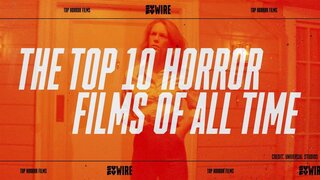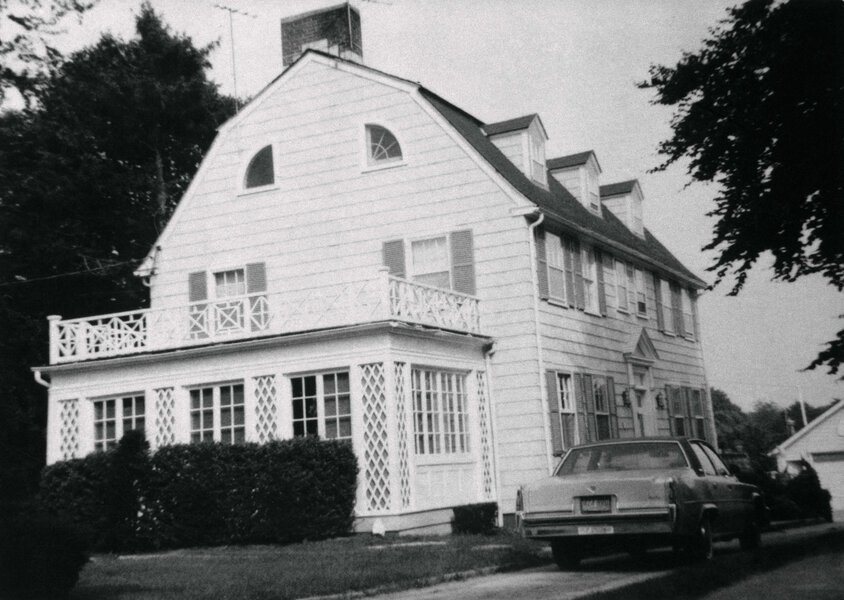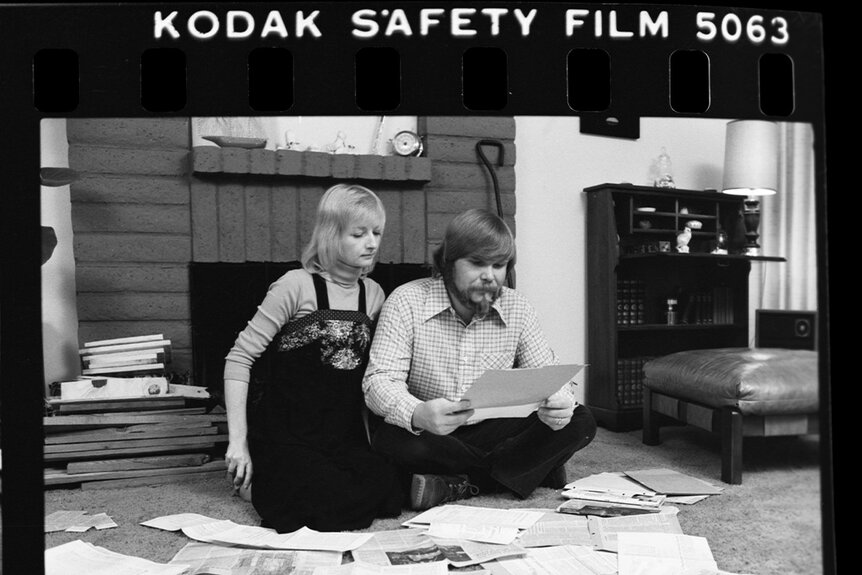The True Story of The Amityville Horror
With Halloween approaching, let's dive into the story of the real life haunted house located in Amityville, New York.
As the days get shorter and the leaves fall, it's the time of year to work on curating your Halloween viewing list of scary season favorites (which Peacock is full of!). In the category of "haunted house" stories, a modern favorite remains The Amityville Horror. Time has favored Stuart Rosenberg's 1979 version starring James Brolin and Margot Kidder over Andrew Douglas' 2009 remake starring Ryan Reynolds and Melissa George, but what most people don't know is that the film franchise has since spawned a whopping 26 sequels or spin-offs.
But none of that would have happened without the actual story behind both Amityville Horror films, the true-life haunting of the infamous residence located in the Long Island, New York suburb of Amityville. It was there on November 13, 1974 that a mass murder occurred inside. And then, a year after, the property was sold for a song, with the subsequent hauntings sending the new owners running a mere 28 days later.
Here's what you need to know about the true to story, to make your next Amityville Horror universe (with many of the films now streaming on Peacock) binge watch all the more chilling.
Where is the Amityville Horror house located and does it still exist?
The house that first came to be known as the "horror house" in the wake of the murders, and then The Amityville Horror house after the 1979 movie, refers to the large, three-story Dutch Colonial home at 112 Ocean Ave. in Amityville, New York. First built in 1927, it has gone through several renovations and sales since it was constructed. Publicly, the address was changed to 108 Ocean Ave. to deter the influx of tourists trying to find the residence. In 2016, The Wrap reported that it was sold for $850,000. Per the story, the property was built on top of a Shinnecock burial ground, and one of its previous owners, John Ketchum, was an avowed Satanic worshipper. Those two rumors are uncorroborated, but are now chalked up to the many fabricated claims about the property that have bloomed from the multiple horror films about the property, and from the book, The Amityville Horror, by Jay Anson. So, the house is still a viable property with residents.
What happened in the Amityville Horror house in 1974?
While The Amityville Horror films focus on the hauntings and dark spirits that exist in the house, what caused those paranormal symptoms was the mass murders that Ronald Joseph DeFeo Jr. committed against his family inside the house on November 13, 1974. At the time, DeFeo Jr. was just 23 years old. In the middle of the night, he got up and shot his parents and four siblings: Dawn (18), Allison (13), Marc (12), and John (9). He then ran to a local bar and, according to the trial transcripts, said, "You got to help me! I think my mother and father are shot!" DeFeo Jr. initially blamed a mob hit man, but after intense questioning (and the hit man's credible alibi), he admitted to committing the murders and cleaning up evidence that implicated him.
DeFeo Jr. was tried and pled insanity. He was ultimately sentenced to six sentences (for each victim) of 25 years to life. He died in prison in 2021.
Who bought the home after the Amityville murders?
With the entire DeFeo family deceased, except for Ronald, their home remained vacant until it was put on the market a year later. In December 1975, George and Kathleen Lutz bought the house for $80,000, under market value due to the infamous murders. They moved their blended family, with her three children from a previous marriage into the home before Christmas. George asked a Catholic priest, Father Ralph J. Pecoraro, to bless the house, which he did. According to Anson's book, which featured the Lutz's tape recorded remembrances, they said Father Ralph called them on Christmas Eve and told them he heard a voice telling him to "get out" during the blessing, and that the family should stay out of the second floor bedroom where the DeFeo parents resided. From that moment forward, supposedly a rash of incidents occurred in the house that were so frightening that the Lutz family escaped the house on January 14, 1976. They sent a mover to pack all of their possessions and then put the house back on the market. It was purchased by James and Barbara Cromarty who lived in the house for a decade with no paranormal sightings.
How true is The Amityville Horror book and its subsequent movie adaptations?
The legend of the Amityville house ran wild after the publication of Anson's The Amityville Horror book in September 1977. One year later, director Stuart Rosenberg's adaptation of the same name came out and became a modern day horror classic. It's true crime origin story gave the story plenty of credence, but by 1979, there were already discrepancies being reported about the authenticity of what the Lutz's provided in terms of their memories, the details of Father Ralph J. Pecoraro's "blessing," and if it even occurred. And then, the subsequent owners, the Cromartys, refuted much of the stories about the state of the house when they bought it, including the book's stories of "greenish-black slime" and a hidden "Red Room" which was just a closet. Independent investigators then proved the cloven hoof prints that were said to be found in the snow would be impossible because there was no snow during the time the Lutz's lived in the house. Most damning was a very messy lawsuit about the ownership of the story that had Ron DeFeo's defense lawyer, William Weber, admitting that the events were entirely made up by him and the Lutzs.
In the ensuing years, the Lutzs, including their children who were present in the house, defended most of the details of the hauntings that made them flee. There have been countless books and documentaries that have tried to both confirm and dismantle the stories. The films are entirely entertainment with some origin details about the DeFeo murders being correct, while the rest of the plot points and supernatural elements were presented as fictions that have increasingly departed from reality.
The only absolute truth is that the Amityville home has had multiple owners since the Lutzs left. Most recently, it was sold in 2010 and 2016, and in all that time there have been no repeat complaints from subsequent owners about hauntings, evil possessions, or anything else even remotely nefarious.
The Amityville Horror collection including Amityville II: The Possession (1982), Amityville 3-D (1983), The Amityville Haunting (2016), The Amityville Harvest (2020), The Amityville Moon (2021), and Amityville Uprising (2022) are now streaming on Peacock.













































